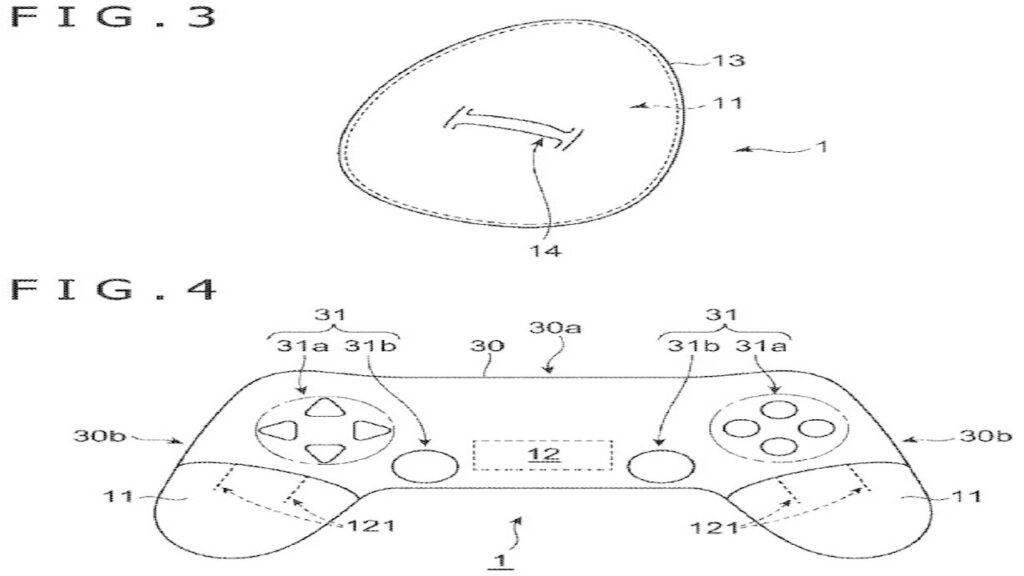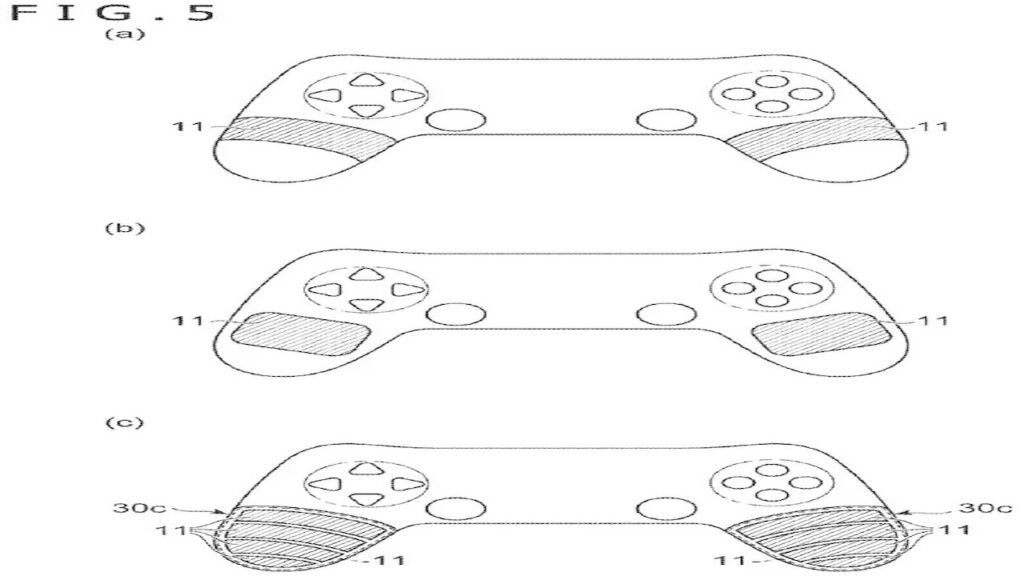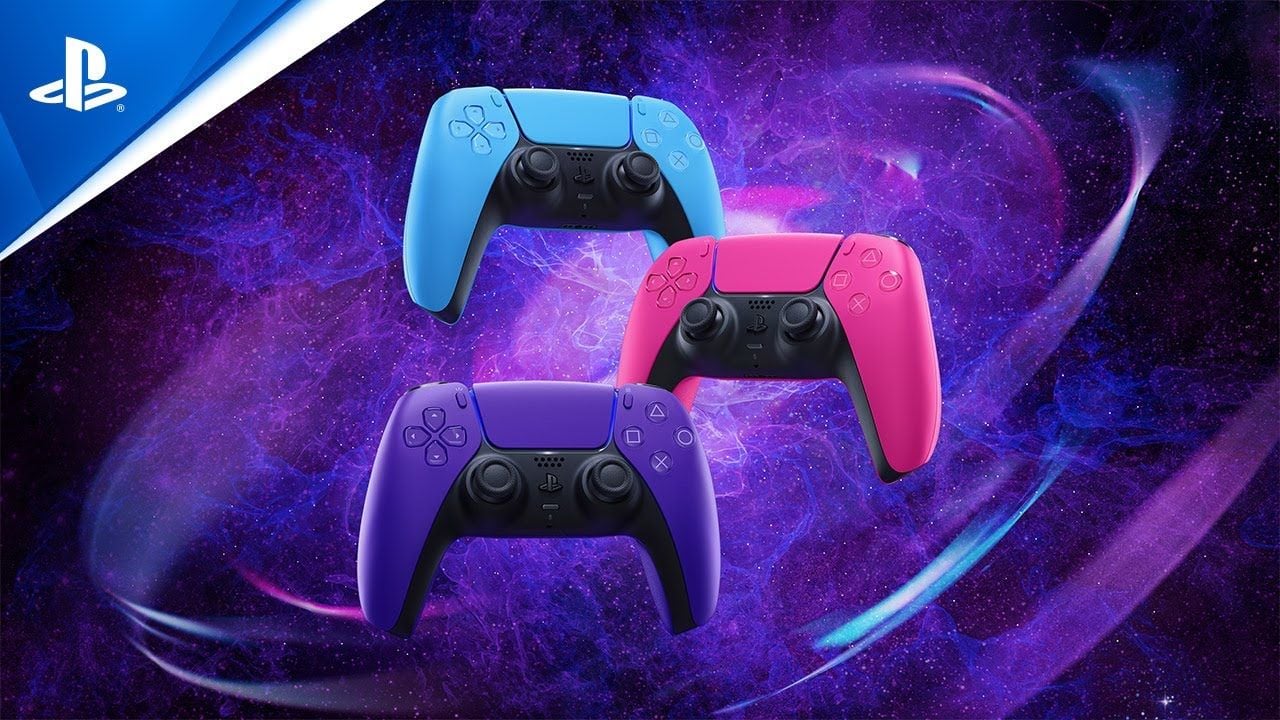Hold on a second! Although game controllers have significantly evolved over the years, their basic design and functionality have remained fairly consistent. However, a recently discovered Sony patent reveals a truly unconventional concept: a game controller that alters its shape and temperature according to the game being played.
Sony’s revolutionary controller design
Spotted initially by gaming website Exputer, the patent describes a controller featuring a sensor that utilizes an elastically deformable “elastic member.” This sensor can detect when players manipulate the controller by touching, pressing, twisting, pinching, squeezing, or rubbing it. The grips alter their shape or hardness using a magnetic fluid incorporated into the elastic member’s material.
According to the patent, “the shape or hardness of the portions of the elastic members (grips) changes in response to a process performed by the information processing apparatus such as a game, which makes it possible, for example, to present the material of a virtual object in a game space to the user as a haptic sensation, present the temperature of the virtual object as a warm/cold sense, or the like.”
The concept of integrating a thermoelectric heat pump within a controller is intriguing. Imagine your hands cooling down while exploring snowy landscapes in God of War. On the other hand, they could warm up when your character takes fire damage in a game. The patent also implies that the temperature could shift even more depending on how much a user deforms the controller.

Moreover, the patent outlines a method wherein parts or sections of the controller could be detached and reattached. This feature would likely necessitate a game explicitly designed to leverage such a unique capability.
A promising concept, but not a guaranteed product
Sony’s patent illustrations show that the controller’s fundamental shape and layout remain the same. The key difference lies in its ability to bend, twist, and transform. Additionally, it can heat up, cool down, and be pulled apart and reassembled. These features could attract gamers who are often wary of major redesigns, as demonstrated by the lukewarm reception of the Steam Controller.

It’s essential to remember that this is merely a patent. Companies frequently file unconventional designs like this, and most never materialize as actual products often serving simply to block competitors from developing similar concepts. Furthermore, should this controller ever hit the market, its price could make the PlayStation DualSense Edge seem like a steal.













